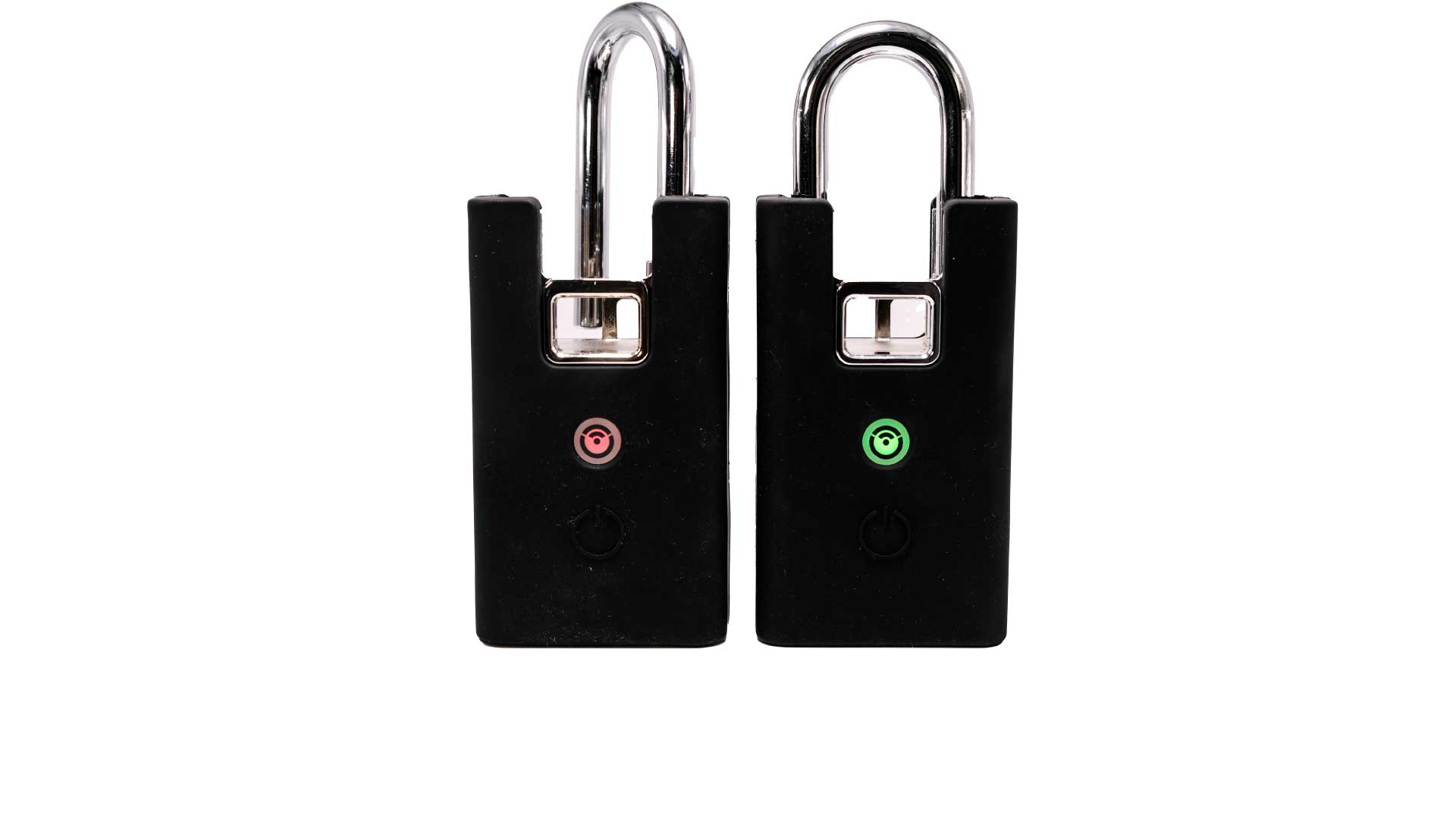Today more than ever, protecting assets and mitigating losses are big concerns for many companies. From convenience stores and logistic companies to retailers, the cost of loss prevention initiatives can sometimes seem burdensome. However, the National Retail Federation (NRF) reported that the average shrinkage rate for U.S. retailers in 2020 was 1.62% of sales. So, reducing the rate of shrinkage by even a fraction can translate into millions of dollars in additional profit and offset those loss prevention expenditures.
A recent study conducted by the University of Florida found that for every $1 invested in loss prevention, retailers could expect an average return of $8.25 in recovered inventory and reduced losses. This fact underscores the significant impact effective loss prevention measures can have on retailers’ bottom lines. With such a high return on investment, it’s clear that prioritizing loss prevention strategies can be highly beneficial for retailers in terms of recovering inventory and reducing losses.
Keyless Access Can Provide a Significant Return
As businesses evaluate their security protocols, it’s crucial to consider the long-term benefits and potential cost savings associated with proactive measures. One significant aspect is rekeying safes, a process that can quickly add up. Jimmy Hinshaw, Sales Director at Bailiwick, explains some of the cost savings associated with digital keyless access systems. “It can cost up to $1,200 to rekey a safe,” said Hinshaw. “At many convenience stores, rekeying safes might have to be done 3 or 4 times a year. The math is simple. Digital keyless access is a great investment for businesses.”
Indeed, transitioning to digital keyless access systems not only enhances security but also offers a tangible return on investment (ROI). By eliminating the need for frequent rekeying, businesses can significantly reduce operational costs and minimize disruptions to daily operations. Moreover, digital access systems provide enhanced control and monitoring capabilities, empowering businesses to track access and detect any suspicious activities in real-time.
Exceptional Technology Deployment.
Find out why companies trust Bailiwick for deployment of their large-scale digital technology initiatives.
Consider a Phased-In Approach
For businesses hesitant to allocate significant resources to loss prevention, adopting a phased approach can be an effective strategy. By identifying critical areas of vulnerability and implementing targeted solutions, companies can gradually strengthen their security posture while managing costs effectively. This approach allows for flexibility and scalability, ensuring that investments align with evolving business needs and priorities.
Moreover, it’s essential to consider the broader implications of inadequate security measures. Beyond direct financial losses, incidents such as theft, vandalism, or data breaches can tarnish a company’s reputation and erode customer trust. Investing in robust loss prevention initiatives not only protects assets but also safeguards brand integrity and preserves long-term viability.
Investing in loss prevention doesn’t always necessitate a complete overhaul of existing systems. “Bailiwick’s goal is to always utilize as much existing infrastructure as possible and try and get new value out of old systems by making small changes like adding components as required,” said Hinshaw. He explains that this strategic approach highlights the importance of leveraging existing resources and maximizing their potential through targeted enhancements.
Furthermore, customers are more likely to visit a location in which they feel safe. A survey by Security Magazine found that 79% of consumers are more likely to shop at a store that has visible security measures in place. This demonstrates the direct link between loss prevention efforts and customer loyalty.
Summary
While the expenses associated with loss prevention initiatives may seem formidable, they are often justifiable investments that yield substantial returns. By embracing innovative technologies such as digital keyless access systems and adopting a strategic approach to security enhancements, businesses can mitigate risks, reduce costs, and safeguard their assets effectively. As Hinshaw summarizes, “The key is to invest wisely, leveraging existing infrastructure while staying ahead of emerging threats. In doing so, businesses can fortify their defenses and thrive in an increasingly competitive landscape.”
Prioritizing loss prevention and taking proactive measures will allow businesses to position themselves for long-term success by reducing the threat of theft.
